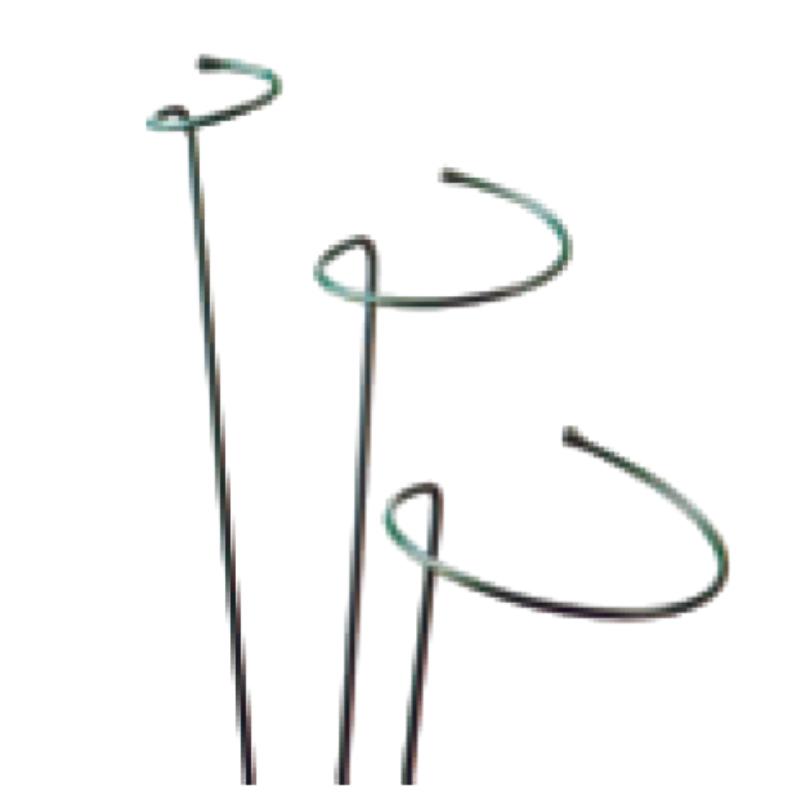-
Email:zhao@hyliec.cn
-
Tel:+86 311 85273988
-
WhatsAPP:8613931128750
-
 africký
africký -
 albánsky
albánsky -
 amharčina
amharčina -
 arabčina
arabčina -
 arménsky
arménsky -
 azerbajdžanský
azerbajdžanský -
 baskický
baskický -
 bieloruský
bieloruský -
 bengálsky
bengálsky -
 bosniansky
bosniansky -
 bulharčina
bulharčina -
 katalánsky
katalánsky -
 Cebuano
Cebuano -
 korzické
korzické -
 chorvátsky
chorvátsky -
 český
český -
 dánčina
dánčina -
 holandský
holandský -
 Angličtina
Angličtina -
 Esperanto
Esperanto -
 estónsky
estónsky -
 fínsky
fínsky -
 francúzsky
francúzsky -
 frízsky
frízsky -
 Haličský
Haličský -
 gruzínsky
gruzínsky -
 nemecký
nemecký -
 grécky
grécky -
 Gudžarátčina
Gudžarátčina -
 haitská kreolčina
haitská kreolčina -
 hausa
hausa -
 havajský
havajský -
 hebrejčina
hebrejčina -
 nie
nie -
 Miao
Miao -
 maďarský
maďarský -
 islandský
islandský -
 igbo
igbo -
 indonézsky
indonézsky -
 írsky
írsky -
 taliansky
taliansky -
 japončina
japončina -
 jávsky
jávsky -
 Kannada
Kannada -
 kazašský
kazašský -
 khmérsky
khmérsky -
 Rwanda
Rwanda -
 kórejský
kórejský -
 kurdský
kurdský -
 kirgizský
kirgizský -
 TBC
TBC -
 latinčina
latinčina -
 lotyšský
lotyšský -
 litovský
litovský -
 luxemburský
luxemburský -
 macedónsky
macedónsky -
 Malgashi
Malgashi -
 malajčina
malajčina -
 malajálamčina
malajálamčina -
 maltčina
maltčina -
 Maori
Maori -
 maráthčina
maráthčina -
 mongolský
mongolský -
 Mjanmarsko
Mjanmarsko -
 nepálsky
nepálsky -
 nórsky
nórsky -
 nórsky
nórsky -
 okcitánsky
okcitánsky -
 paštčina
paštčina -
 perzský
perzský -
 poľský
poľský -
 portugalčina
portugalčina -
 pandžábsky
pandžábsky -
 rumunský
rumunský -
 ruský
ruský -
 Samoan
Samoan -
 škótska galčina
škótska galčina -
 srbský
srbský -
 Angličtina
Angličtina -
 Shona
Shona -
 Sindhi
Sindhi -
 sinhálčina
sinhálčina -
 slovenský
slovenský -
 slovensky
slovensky -
 somálsky
somálsky -
 španielčina
španielčina -
 sundánsky
sundánsky -
 svahilčina
svahilčina -
 švédsky
švédsky -
 Tagalog
Tagalog -
 tadžický
tadžický -
 tamilčina
tamilčina -
 tatársky
tatársky -
 telugčina
telugčina -
 thajčina
thajčina -
 turecký
turecký -
 turkménsky
turkménsky -
 Ukrajinčina
Ukrajinčina -
 urdčina
urdčina -
 ujgurské
ujgurské -
 uzbecký
uzbecký -
 Vietnamci
Vietnamci -
 waleský
waleský -
 Pomoc
Pomoc -
 jidiš
jidiš -
 Yoruba
Yoruba -
 Zulu
Zulu
Metal Plant Supports
What Is The Support Structure Of A Plant?
The support structure of a plant refers to the system of tissues and organs that provide stability and enable the plant to maintain an upright position. This support structure includes several key components:
1. Cell walls: The rigid cell walls of plant cells provide structural support, especially in non-woody plants. The cell walls help maintain the shape and rigidity of the plant's cells, contributing to its overall structure.
2. Stems: Stems play a crucial role in supporting the plant and providing a framework for the attachment of leaves, flowers, and reproductive structures. The stems also facilitate the transport of water, nutrients, and sugars throughout the plant.
3. Roots: The root system anchors the plant in the soil, providing stability and support. Additionally, roots absorb water and nutrients from the soil, contributing to the overall health and growth of the plant.
4. Vascular tissues: Xylem and phloem are specialized tissues that form the plant's vascular system. Xylem transports water and minerals from the roots to the rest of the plant, while phloem transports sugars and other organic compounds to various parts of the plant.
5. Specialized structures: Some plants have specialized support structures, such as tendrils, thorns, or aerial roots, which aid in climbing, attachment, or additional support.
The combination of these structural elements allows plants to maintain their shape, withstand environmental forces, and support essential physiological processes.
Iron Plant Supports Faq
What are the benefits of using iron plant supports?
Iron plant supports offer durability and strength, making them suitable for providing robust support for heavy or sprawling plants. They can withstand the weight of mature plants and help maintain their shape and structure.
What types of plants are best supported by iron plant supports?
Iron plant supports are well-suited for providing support to a wide range of plants, including peonies, roses, delphiniums, and other tall or heavy-flowering perennials. They can also be used for supporting climbing plants such as clematis or sweet peas.
How should iron plant supports be installed?
Iron plant supports should be installed firmly in the ground to ensure stability. When supporting individual plants, place the support structure around the plant early in the growing season, allowing the plant to grow into and around the support naturally.
Are there different styles and designs of iron plant supports available?
Yes, iron plant supports come in various styles and designs, including hoop supports, grid supports, and individual stakes. These different designs cater to the specific needs of different types of plants and can provide effective support while enhancing the visual appeal of the garden.
How can iron plant supports be maintained?
To maintain iron plant supports, periodically inspect them for signs of rust or corrosion, especially if they are exposed to the elements. If rust is present, it can be removed using a wire brush, and the supports can be treated with a rust-resistant coating or paint to prolong their lifespan.






